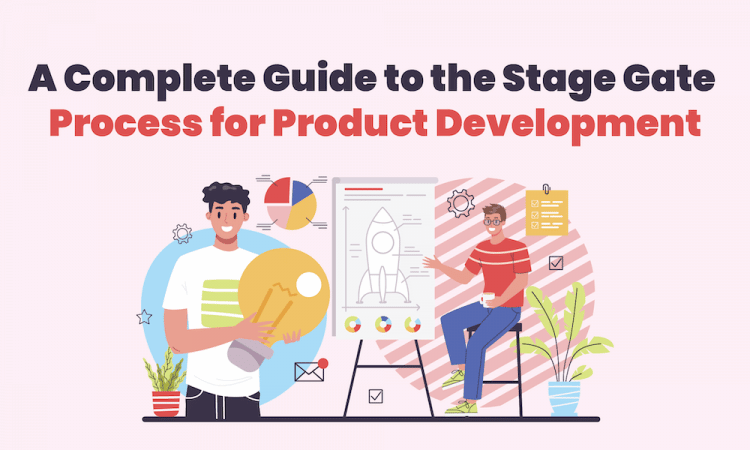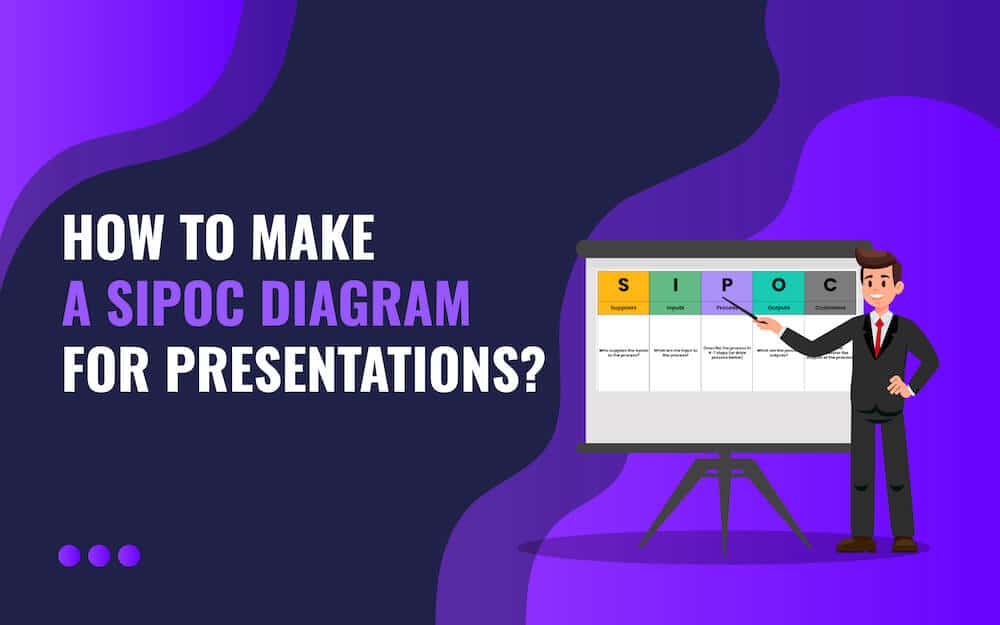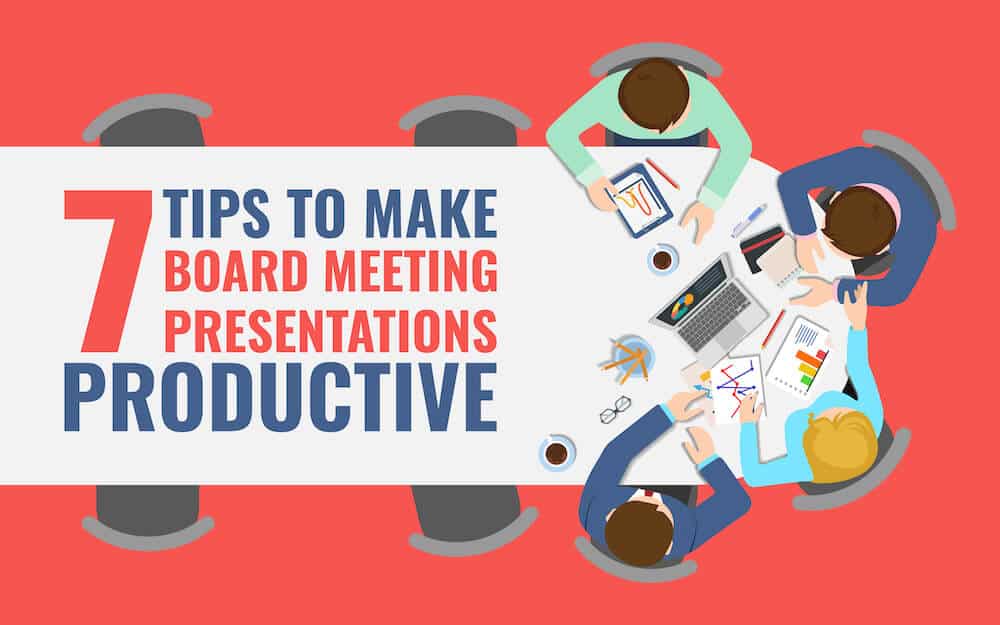
As you plan to launch a product in the market, there may be a dozen ideas and concepts in your mind. Since it is not feasible to launch all of them together, how do you decide which one is the perfect fit for the current market?
Well, one of the techniques used by entrepreneurs and businesses to launch products is the Stage Gate process. It is often said that if a product passes through the gates of this process, it is most likely to soar high and perform well.
By the end of this article, you will be well-equipped with knowledge about this process. Here are the contents –
- What is the Stage Gate Process?
- Phases of the Stage Gate Process
- Advantages of the Stage Gate Process
- Disadvantages of the Stage Gate Process
- Ways to Educate Your Team on the Stage Gate Process
What is the Stage Gate Process?
For a project to be successful, project managers need to ensure its viability from all possible directions. To accomplish this, a methodology called the Stage Gate Process is used, which ensures that a project can be moved from one phase to another without any loopholes.
This technique is often used for complex or large-scale projects to analyze possible risks and available resources and to chalk out the best plan of action. This process is expansive and lengthy, and each phase is separated by ‘gates’ that help analyze the entire case and take a calculated step forward toward the next stage.
There are six phases of the Stage Gate Process. Let us understand them with some examples.
Phases of the Stage Gate Process
1. Discovery – Idea Generation Stage
This is the first or the initial phase and can be seen as the ‘seed’ of the Stage Gate process. Here, the project managers and executives decide which projects need to be taken up to fulfill the company’s current goals and futuristic visions.
It usually involves intense brainstorming through tools, such as mind maps, flowcharts, graphs, etc., and involves an army of people – suppliers, manufacturers, employees, clients, and top-level staff.
For instance, the organization’s leader would look at all nooks and corners of the project to ensure its feasibility and financial potential in the market and evaluate the company’s new niche through the project.
Thus, this is perhaps the most crucial phase, as it determines the financial allotment, resource allocation, technology upgradation, etc.
2. Scoping
This phase evaluates the scope of the project by analyzing its strengths and weaknesses. Tools such as SWOT analysis are comprehensively used by the management. This stage includes research on the following key points-
- Consumer base and its market size
- Possible threats from competing firms
- Expected changes in the consumer demand rate
- Competitive advantages of the organization and strategic ways to highlight them
Let us understand more about this phase with the help of an example – During its Stage Gate process; LEGO conducted multiple meetings with its board members and employees to discuss market demands and required resources for developing its unique products. This analysis not only helped the firm successfully take over the markets but also established its strategies as a benchmark for other companies.
3. Business Building and Planning
Once the product has passed through the first two phases, it is ready for further planning. The management chalks out project plans and reviews. This is one of the most complex phases and requires intensive skilled labor for drafting product definition, crafting the business or product plan, and ensuring strategic development of the plan. Tools such as Business Canvas or Lean Business Canvas are used to make decisions and draw conclusions.
4. Development
In this stage, prototypes are built using tools such as timelines. The efforts of all the previous stages are used to create prototype models for product development.
Marketing plans and strategies are also crafted during this phase to align them with the designated goals of the project. It also includes creating tools to monitor the production process and its problems, such as quality control, detection of defects, and ensuring timely production.
One such example of the Development Stage is Apple’s electric car project. This project is under research and development in its Stage Gate Process.
5. Testing and Validation of the Product
This is the stage of determining consumer acceptance of products in the market. Here, the prototype is tested and is sought for validation from consumers. This phase helps to analyze any problems or underlying issues in the product. Sometimes companies neglect this stage, which can lead to disasters after launch.
For example, after the launch of Windows 10 OS, people from around the world noticed several bugs and lags in the operating system. These issues were a mere result of the company’s neglect during its testing phase. It laid off most of its testing team, and such issues could never be seen or reported to the company. This led to a major disappointment after the launch of Windows 10.
6. The Launch
After passing through all the stages, a product directly goes into the market and is launched through strategic marketing plans. Here, the marketing team acts as the backbone of the stage and controls the product’s market exposure. Tools such as Marketing Funnels are used to accomplish this task.
Advantages of the Stage Gate Process
- The process helps identify and understand problems in a structured, organized, and strategic manner.
- It provides a roadmap for emerging problems and helps find solutions for the same.
- It enables leaders and managers to continuously reevaluate the course of action and make amendments throughout the process wherever required.
- The mechanism reduces the complexity of projects.
- It helps bring multiple fragments of ideas and projects under one umbrella and create a streamlined course of action for them.
Disadvantages of the Stage Gate Process
- It can act as a barrier to innovation and creativity for companies running on a budget.
- It is extremely time and energy-consuming and can lead to resources being diverted from crucial tasks. This can lead to mismanagement in the function of the organization.
- The process does not have enough opportunities for testing multiple prototypes and products. The testing phase usually implies the product for the final launch, not giving enough room for retrials.
- The Stage Gate process might not be suitable for all kinds of projects and can act as an unwanted obstacle if we try to fit all projects into the model.
Ways to Educate Your Team on the Stage Gate Process
Imagine that your company needs to launch a new product in the market, and you’ve chosen to run it through the Stage Gate process. For an effective and efficient process, you need to educate your employees about the same and help them make your product win over the markets through this process.
Here are a few ways that can help you do so –
1. Start With an Introduction
First things first, commence with an introduction and brief your team all about the process. You must educate them about the following points in this session –
- What is the Stage Gate Process?
- What is the product that needs to be launched?
- Why is the initiative of the Stage Gate process being taken?
2. Explain the Importance of the Process and Delegate Tasks
Tell your team about each stage of the process, and explain its importance to them. It will help you delegate tasks and divide resources in an efficient manner. It will also act as an opportunity for you to create defined roles for each department and ensure equitable responsibilities.
For instance, if your company plans to launch a Software program, your team must be aware of the most important stages, such as the Ideation stage and the Testing stage. The workforce can then be divided accordingly.
3. Tell Them About Milestones
Your employees need to know about the milestones associated with the product. Doing so will help them understand the gravity of each step and will build a workforce heading in the same direction.
4. Use Templates to Showcase Each Stage
While the Stage Gate process can seem elaborate, it is much easier to understand and conceptualize when done with the right templates. Visual learning is one of the best ways to impart knowledge, as it can ease complex topics and help your team understand the process easily.
Here are a few templates that can be used to accomplish the same.
Conclusion
The Stage Gate process is one of the most commonly used methods to understand the profitability of a product and to analyze if it is worth the number of resources and personnel being invested in it. We hope this article helps you curate your next product by testing it through this expansive process!



